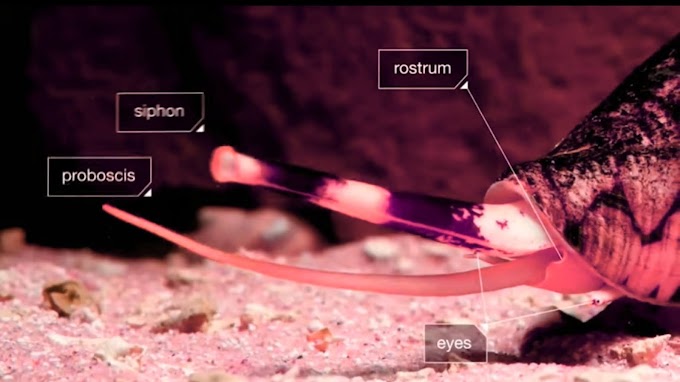Researchers Discover Probable New Organ in The throat: The Tubarian Glands
Welcome to another article, This depending when you read it is a non-covid-19 related article, depending on when you read it that may be relevant or it may not be, you are going to read about something that kinds of hits some of the new sites and something that super interesting at least to me and hopefully others an article published in the journal Radiotherapy and oncology, that essentially I identified a probable new organ how often these days can you identify a new organ.
Scientists had their research and discovery caps on when they noticed when using anew image modality. Something lit up in the nasal pharynx that no one thought should be there so essentially they us positive positron emission tomography, this is a pet scan its upon used for patients who have cancer history of cancer to see where there's increased metabolism going on and they kind developed the authors didn't but there's a newer version that looks specifically at different kind of types tissues and that what they used and what they saw was that this area lit up in the posterior end nasopharynx that you know no one thought held any glandular tissue and thus should not lit up what we have or what we know to have is three major salivary glands there are actually about a thousand minor,
but three major and why are salivary glands important well they produce saliva and belive it saliva it or not saliva is actually responsible a lot of stuff we need it for mastication {medical term chewing} we need to swallow we actually need to digest, we need to taste, we need to maintain our dental hygiene and actually, it has anti-microbial properties to it as well, so saliva is incredibly important and these three salivary glands produce them, this these authors now actually identified what they think is the fourth major salivary glands in the nasopharynx, how didi they confirm this so, they actually looked at hundred patients and then two cadavers, two patients that were are deceased and they took a sample
From this exact area, and they use histology and what they saw was that area which is right by the Taurus tuberous. Stained for mucosal tissue you know mucous glands (salivary tissue) that again no one thought could be there and you can see it here they zoom in, we have stroma and we have kind of the mucinous glands, all right and they actually also saw within that draining ducts as well that would within that draining ducts as well that would then drain that mucus you known into our oral cavity as saliva well knows into our oral cavity as sal; via well you might say well maybe this is just an anomaly may be it's just kind of one kind of a one-time thing just one patient with aberrant so then they actually went and did these scans on a hundred individuals and they found that actually all 100 of them had this gland that nobody knows about previously it averaged about four centimeters so a fairly know decent sized but no one knew that it was three preceding these studies, what is the clinical relevance well here is the location of the gland we can see here that this is the teeth the nose the eyes.
but its in the posterior nasopharynx and again I again I keep saying this over and over I think its tremendously interesting because , How often do people discover a new organ such as the fourth major salivary gland is there clinical relevance through some clinical relevance and we will get into why so when you have a head or neck cancer you often get radiation can destroy tissue and radiation can destroy tissue and radiation is targeted they try to tarage it an area where there is not going to be much permanent damage to different structure what they show here though is that whats represented is where this tiberian which is what they called it because its anatomically by that are the teberian gland is and here are the parotid glands well when you get tradition they actually try to avoid the parotid glands but they did they didn't know these glands were here so the tuberian glands often will get hit unknowingly and what they found was when they did the study that there was a significant amount of xerostomia which is dry mouth in individuals who got radiation to the head or neck and the theory is that you are getting this dry mouth because the radfiati0n is destroying these glands that no one knew were there so now that we know this we can try to target the radiation so that just like the radiation avoids the parotid glands here and here , we can target the radiation to hopefully avoid the two bearing glands as well and now these patients womt get
xerostomia which is a really dry mouth and that leads to dysphagia and trouble swallowing and again dry mouth might sound being but as we saw saliva is responsible for all of these things and those are all quite important and just beyond discomfort, it can actually lead to you know some uh morbidity as well if you have really poor saliva production soi just want to share that with you all you might see an article in the news or something but a new organ coined at the Iberian glands found in the posterior nasopharynx and was confirmation in hundred patients with the clinical implication being we cold target our radiation better and avoid severe zero stomia all right well let us know what thoughts come questions you have down below again feel free then email...











0 Comments